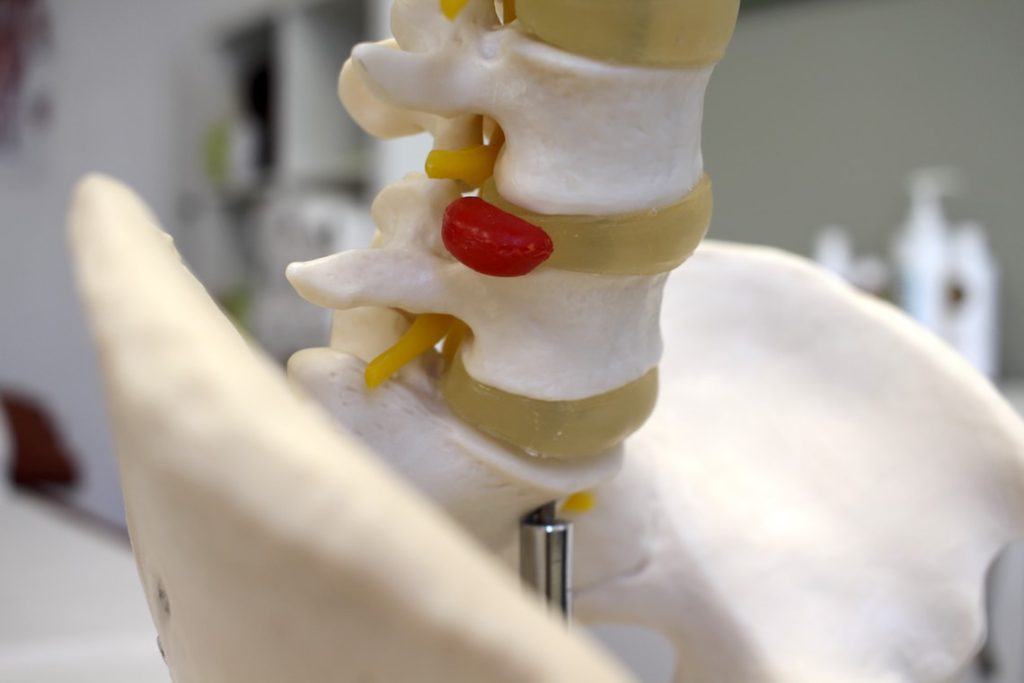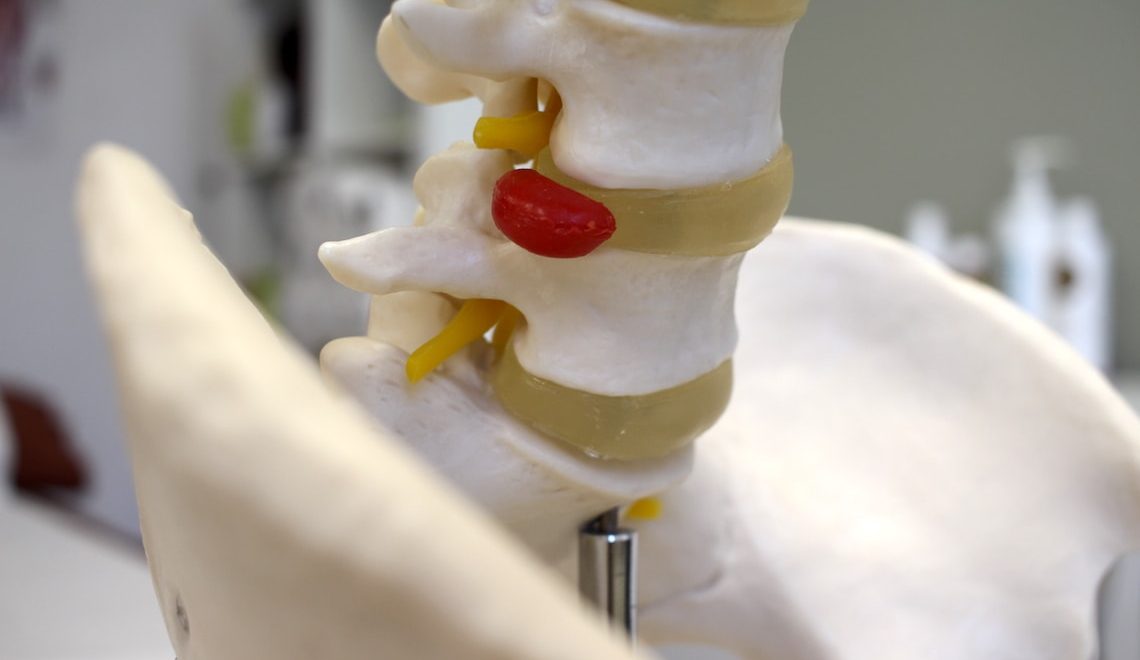The information in this blog is provided to help people manage their recovery from sciatica. GD osteopathy & sports massage is committed to helping people heal, in the safest and shortest time possible. The latest information and advice available at the present time is provided.

What is sciatica?
Sciatica is a term used to describe a particular symptom pattern. This being pain felt from the buttocks, back of thigh and occasionally down to the foot. Sciatica is a non-specific term and doesn’t provide a diagnosis or cause. This is why a thorough assessment by a trained musculoskeletal expert, such as an Enfield Osteopath is important to determine the actual cause.
In a very general sense, it can be caused by irritation or compression of the sciatic nerve, the main nerve that runs down the back of the leg. Occasionally it may be caused by trigger points in muscle tissue or referred pain from joints in the low back.
Symptoms
- Lower back pain
- Buttock, leg or foot pain that may be worse than any back pain
- Increased pain when sitting
- Burning or tingling in the leg or foot
- Weakness or numbness down the leg
- Difficulty moving

What causes sciatica?
As mentioned previously there are many potential causes of sciatica, in most cases the cause is not too serious and will recover with appropriate management. The most common causes are:
- Herniated/Slipped Disc – this occurs when a jelly filled disc between the bones of the spine bulge or squeeze out. The disc material can then irritate or compress the nerve roots that combine to make the sciatic nerve. A disc bulge can be caused by activities such as bending twisting and lifting, repetitive strain and degenerative disc disease.
- Piriformis Syndrome – this can occur when a deep muscle in the buttock called the piriformis becomes overly tight. Depending on an individuals anatomy, the sciatic nerve runs just over, just under or through the middle of the piriformis muscle. So tension in this muscle can irritate or compressed the nerve.
- Lumbar spine stenosis – this is when the spinal canal (where the spinal cord and nerves sit within the vertebrae) becomes narrowed. Serious trauma, repetitive strain and spinal joint degeneration can all result in stenosis.
- Sacroiliac joint (SIJ) disfunction – this SIJ is the joint that connects the pelvis to the low back. Irritation and inflammation around the area can cause sciatica type symptoms.
Sciatica treatment

There are a few key things which anybody with sciatica should do:
- Consult a local osteopath or other musculoskeletal professional. As mentioned previously an accurate diagnosis and treatment plan is very important. Research has shown the sooner people seek help, the quicker their recovery and the less likely they are to suffer a re-occurrence.
- If at all possible keep active and continue working. Movement can help reduce inflammation and maintain joint and muscle suppleness.
- Avoid aggravating factors, although people should keep active, sufferers should not undertake activities which aggravate their symptoms. For example lifting, carrying and twisting movements.
- Analgesics and anti-inflammatories such as paracetamol and Ibuprofen. If you’re able to take such medication it may help keep you more comfortable. If these medications aren’t helping, visit your GP for other pain management options. Applying an ice pack to the low back for 10-12 minutes 2-5 times a day, may help to reduce pain and inflammation.
- Less commonly surgery may be required to decompress the sciatic nerves. Such intervention will be consultant led and informed via MRI scans. Check the NHS website for details about lumbar decompression surgery. Sufferers should consult their GP if they experience:
- Pain for over 3 months.
- Prolonged or worsening weakness of the muscles in the leg(s).
- Changes to bowel or bladder function.
- Numbness in the groin/saddle area, or reduced sensation in the legs or feet.
Exercise
An important part of the treatment and management of sciatica is an appropriate exercise programme. This helps speed up recovery and has shown to prevent reoccurrence. The exercises should be done regularly, should not be painful and should be monitored by a professional to make sure they being performed correctly. The exercises have three main goals:
- Increase the mobility of the muscles in the lower back, pelvis and legs.
- Reduce the tension in the muscles in the back of the legs, pelvis and low back.
- Strengthen the muscles around the core.
Here are two FREE downloadable exercise plans for the treatment and management of sciatica. One focuses on mobility and the second on strength and stability. These exercises can be performed daily alternating between each plan on consecutive days. Great care should be taken not to aggravate symptoms, consulting your osteopath before starting this plan is advised.
FREE Downloads

